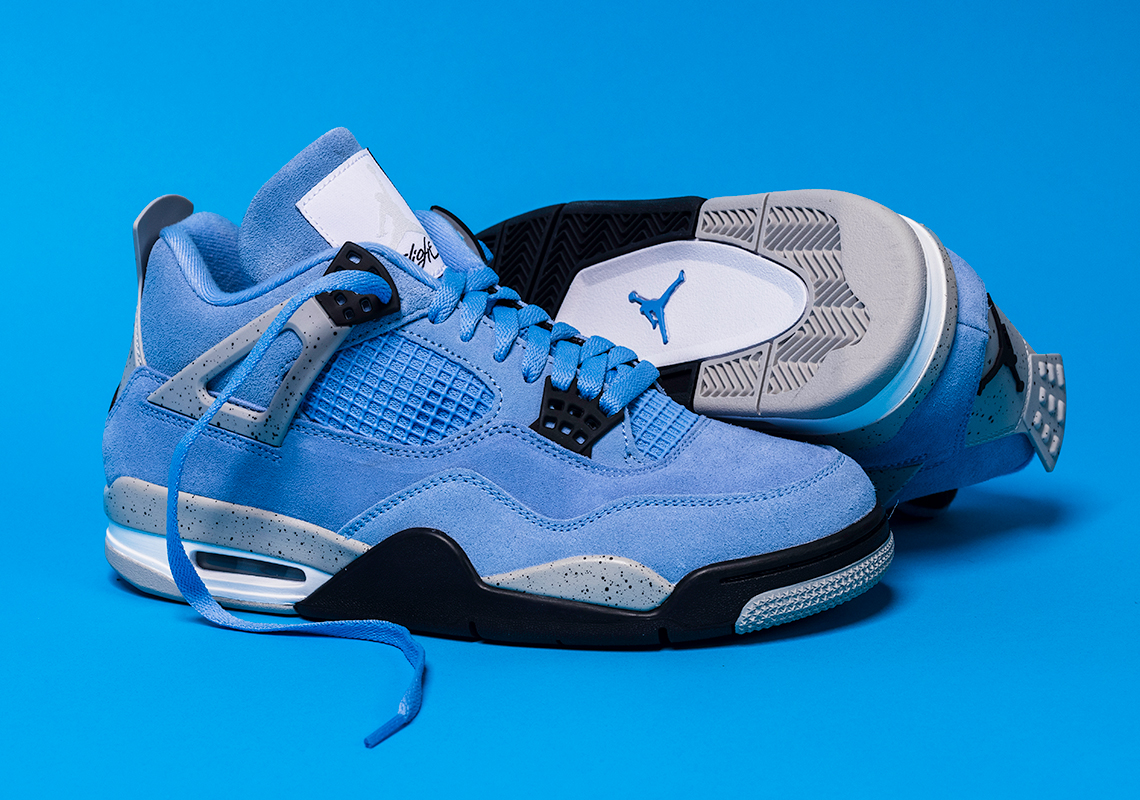Can a shoe truly become a cultural icon? The Air Jordan series, a testament to both athletic achievement and design innovation, undeniably proves the answer is a resounding yes.
The sneaker world, a universe of style, performance, and cultural significance, has witnessed countless releases over the decades. Yet, few, if any, have left an imprint as profound as the Air Jordan line. This isn't merely about footwear; it's a story etched in the annals of sports, fashion, and the very fabric of global culture. The journey began in 1985, a pivotal year when a partnership between Nike and the basketball prodigy Michael Jordan gave birth to the Air Jordan 1. Designed by Peter Moore, the shoe was revolutionary. Its bold design and unprecedented performance capabilities immediately captured the attention of sneaker enthusiasts and basketball players alike, setting the stage for a legacy that continues to unfold.
The collaboration between Nike and Michael Jordan was more than just a sponsorship; it was a cultural phenomenon. The Jordan Brand, a name now synonymous with style, athleticism, and lasting cultural impact, grew from this foundation. With a legacy dating back to 1984, Nike Air Jordan sneakers have become a staple, a symbol recognized around the world, crossing the boundaries of sports, fashion, and music. The original Air Jordan 1 was a daring statement, its vibrant colorways and sleek silhouette challenging the conservative norms of the time. It was a shoe that spoke volumes, a testament to the bold personality of its namesake, and it quickly transcended its function as a basketball shoe. The Air Jordan 1 combined a professional aesthetic with exceptional performance capabilities, quickly becoming a favorite among NBA players and sneaker enthusiasts. But the story of the Air Jordan line stretches far beyond the original model. Over the years, the brand has consistently innovated, pushing the boundaries of design and performance. Tinker Hatfield, a visionary designer, joined Nike in 1989 and became an instrumental figure, contributing to the creation of iconic models like the Air Jordan 3 and the Air Jordan 4.
Among the myriad iterations, the Air Jordan 4 holds a special place. Plenty of sneakerheads would rank the Air Jordan 4 among their top five. It is more than just a sneaker; its a statement. Released in 1989, it was a daring leap forward. It introduced a unique take on the classic design, incorporating elements like reflective materials and adjustable laces. The Air Jordan 4 also witnessed some of the most memorable collaborations. The "Travis Scott x Air Jordan 4" is one example, a testament to the brands ability to stay relevant. The "Union LA x Air Jordan 4," with its deconstructed design and celebration of the sneaker's intricate details, is another example of the brand's enduring ability to captivate. These collaborations further solidified the Air Jordan 4's place in the sneaker pantheon, as did the "reverse Bruce Lee" colorway, a bold reimagining of a classic aesthetic. Imagine reversing the familiar Bruce Lee colorway and placing it onto the Air Jordan 4 silhouette, and the result would manifest as the Air Jordan 4 reverse Bruce Lee, a brilliant blend of form and function.
The Air Jordan 11 "Bred" had to compete with numerous releases, including the Air Jordan 4 "Thunder" retro, but it managed to make its mark on the yearly holiday releases. This further demonstrates the wide appeal of the Air Jordan line and the constant desire for sneaker enthusiasts to acquire the newest designs and colorways.
Embedded within the contours of the Air Jordan logo is the indomitable legacy of Michael Jordan, a name that reverberates through the annals of sports history. With a basketball in his hand and determination in his eyes, Jordan redefined the very essence of athleticism and transformed the Chicago Bulls into an unrivaled force. The Air Jordan 1\u2019s design and performance capabilities contributed to its popularity as both a performance basketball shoe and a fashionable lifestyle sneaker.
For those captivated by the sneaker culture, the dream comes true. A sneaker enthusiast's dream come true, with the ultimate air jordan collection for all sneaker enthusiasts out there, showcasing the vast and varied history of the air jordan lineage. Caryn writing it one sneaker at a time.
| Michael Jordan: A Legend in Sneakers | |
|---|---|
| Full Name: | Michael Jeffrey Jordan |
| Born: | February 17, 1963 (age 61) |
| Birthplace: | Brooklyn, New York, USA |
| Nationality: | American |
| Occupation: | Former Professional Basketball Player, Businessman |
| Teams: | Chicago Bulls (1984-1993, 1995-1998), Washington Wizards (2001-2003) |
| Position: | Shooting Guard/Small Forward |
| Achievements: |
|
| The Air Jordan Legacy: | The Air Jordan line, launched in collaboration with Nike, became a cultural phenomenon, solidifying Michael Jordan's legacy beyond the court. |
| Reference: | NBA.com - Michael Jordan Bio |
The success of the Air Jordan series can be attributed to many factors. Jordan's undeniable talent and charisma played a significant role, of course. His performances on the court and his off-court persona made him a global icon. But the design and marketing of the shoes were equally critical. The innovative designs by Peter Moore, Tinker Hatfield, and others set the standard for athletic footwear. The marketing campaigns, which often featured Jordan in iconic poses, helped to build an aspirational image around the brand. The shoes were seen not just as performance tools but as symbols of style, success, and cultural relevance. The collaborations with artists and designers further elevated the brand, making the shoes collectors items.
The Air Jordan 4, released in 1989, represents a crucial chapter in this narrative. Designed by Tinker Hatfield, the shoe introduced a number of innovations that would become staples of the Air Jordan line. The visible Air unit, already a signature of the brand, was further enhanced. The mesh netting and molded lace holders provided both style and functionality, allowing for a more secure and customized fit. The Air Jordan 4 also made an early foray into global markets, appearing in the Spike Lee film "Do the Right Thing," which significantly boosted its cultural cachet. This was a groundbreaking move, as it seamlessly integrated the shoe into pop culture. From that moment on, the Air Jordan 4 became more than just a basketball shoe; it was a symbol of style, rebellion, and cultural relevance.
The Air Jordan 4's versatility is evident in its many collaborations. The collaboration with Travis Scott introduced a unique take on the classic design, incorporating elements like reflective materials and adjustable laces. The "Union LA x Air Jordan 4" celebrated the sneaker's legacy with a deconstructed design that showcased the shoe's intricate details. Each collaboration brought a fresh perspective to the design while maintaining the essence of the original. These partnerships not only kept the Air Jordan 4 relevant but also expanded its appeal to a wider audience. The Air Jordan 4 became a canvas for artistic expression, with each release telling its own unique story.
The Air Jordan 1's design and performance capabilities contributed to its popularity as both a performance basketball shoe and a fashionable lifestyle sneaker. Its impact is undeniable, as it reshaped sneaker culture. The blend of elegance and athleticism resonated with sneaker enthusiasts worldwide, and this combination created a lasting cultural legacy. The Air Jordan 1's success paved the way for the entire Jordan brand and forever changed the landscape of athletic footwear. The legacy of the air jordan 1, born in 1985, started an extraordinary partnership between nike and basketball legend michael jordan.
The world of sneakers, a constantly evolving ecosystem, has witnessed numerous iconic releases over the years, but the Air Jordan series stands apart. The brands ability to adapt to new trends, its collaborations with artists and designers, and its commitment to performance innovation have ensured its enduring success. The Air Jordan 4, in particular, is a testament to this adaptability. It is more than just a shoe; it is a cultural artifact, a symbol of a specific moment in time. Its legacy remains strong, inspiring new generations and continuing to shape the future of sneaker culture. The brand has become synonymous with style, athleticism, and cultural influence.


